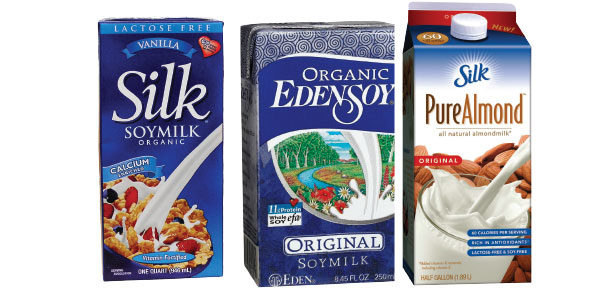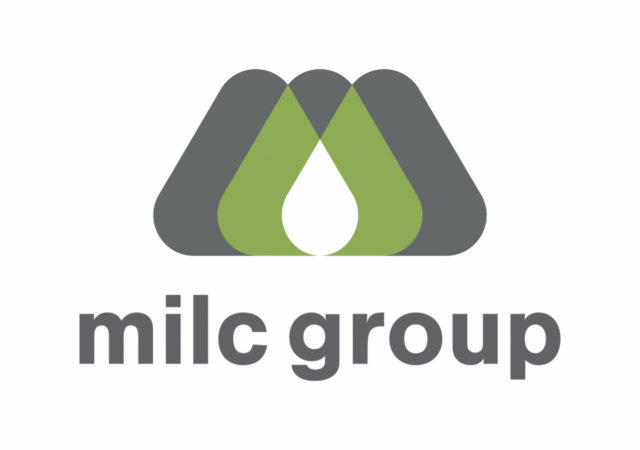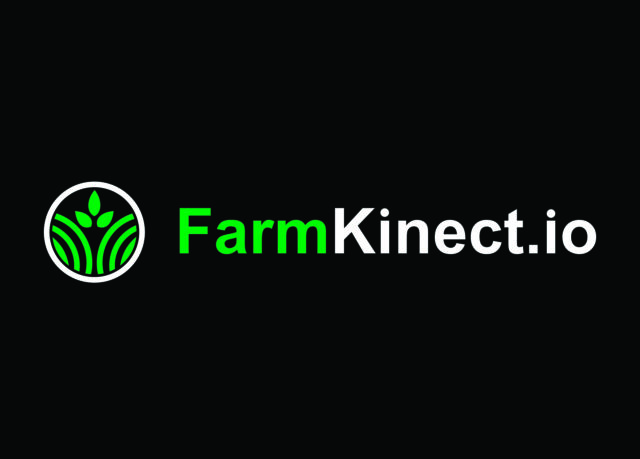In a court decision issued late last year, a federal judge determined that soy milk and almond milk are not deceptively labeled. In the judge’s opinion, “even the least-discerning consumers” could readily determine that the products do not contain dairy ingredients. In my opinion, that might be a bit of a stretch. I will claim to have known some not-so-discerning customers.
That singular issue aside, the real question here might not be whether such products can or should be labeled as milk, but what this decision foretells for the world of food labeling as a whole. Milk is one of several foods that has been defined by the Food and Drug Administration with a standard of identity.
Simply put, federal regulations state what is milk and what is not milk. As perhaps the most regulated segment of the food industry, other definitions exist for dairy products ranging from cheeses to yogurts to ice creams. The definitions are variously set by the FDA, the USDA and state regulatory agencies.
Let’s turn to looking at some non-dairy products. In your local grocery store (in many instances the dairy case), you might find soy and almond yogurts, Muscle Milk, cheddar-style rice slices and vegan cream cheese alternatives.
In most instances, these products are packaged in a style mimicking that of the traditional dairy product and placed adjacent to their milk-based counterparts. The vegan cream cheese alternative was, in one store I visited, right next to an actual cream cheese that had actual vegetable pieces blended into it. In such a situation, a consumer of just average discernment could easily find themselves purchasing the wrong product.
Why does all this matter? There are several reasons. First, dairy producers and dairy processors spend hundreds of millions of dollars per year to advertise and promote milk and dairy products through the federal dairy promotion programs.
These mandatory programs have the expressed purpose of administering “a coordinated program of promotion designed to strengthen the dairy industry’s position in the marketplace and to maintain and expand domestic and foreign markets and uses for fluid milk and dairy products.” 7 U.S.C. § 4501(b).
When non-dairy products trade off the names, reputation and imagery of established dairy products, they undermine the power of the message of the dairy promotion programs.
Second, dairy manufacturers spend enormous amounts of time, effort and money to conform to labeling regulations for their products. The regulations administered by the FDA for food labeling comprise an entire volume of the Code of Federal Regulations (Title 21, Volume 2 to be precise).
The most recent volume contains no fewer than 93 separate definitions for milk, cheeses and dairy products. Regulations related to the design and contents of a product label, deviations from a standardized definition and other pertinent regulations aren’t included in this list.
Prudent dairy manufacturers scrupulously adhere to these regulations, incurring the expense of attorneys, food scientists, nutritionists and other professionals to remain compliant.
Innovative and unique dairy products pose different challenges for the manufacturer. When Calorie Countdown was introduced several years ago as Carb Countdown, there was no other product on the market like it.
I can only imagine what the manufacturers had to determine when the label for that product was designed. In recent years, I have noticed an increasing number of kefir beverages in my local stores. There is no specific definition in the federal regulations for that product.
The ability of non-dairy product manufacturers to label their products using names that directly co-opt dairy foods holding a standard of identity (i.e., soy milk) or mimic the dairy product in name or style (through packaging or otherwise) indirectly imposes a regulatory disadvantage upon the dairy product manufacturer by saddling them with a product definition that the alternative manufacturer does not necessarily bear.
Finally, there is the matter of legal justification and integrity. Those products having a standard of identity obtain that status through regulations carrying the force of law.
When the judicial and regulatory system permits a standard of identity to be devalued, it similarly devalues the strength of the other standards of identity. If soy milk is a permitted moniker, does veggie cream cheese become permissible as well? Instead of non-dairy cultured soy, will we see soy yogurt on the shelf?
The issue I see here is not one of product quality or consumer choice. The dairy alternatives provide important choices to consumers. Whether for matters of taste, health or personal belief, these products meet a demand. But for the dairy industry, being chained to labeling regulations and standards of identity that our direct competitors are not bound to will, in my opinion, have a long-term detrimental effect. PD
PHOTO
If soy milk is a permitted moniker, does veggie cream cheese become permissible as well? Instead of non-dairy cultured soy, will we see soy yogurt on the shelf?

Ryan Miltner
Attorney
The Miltner Law Firm LLC






